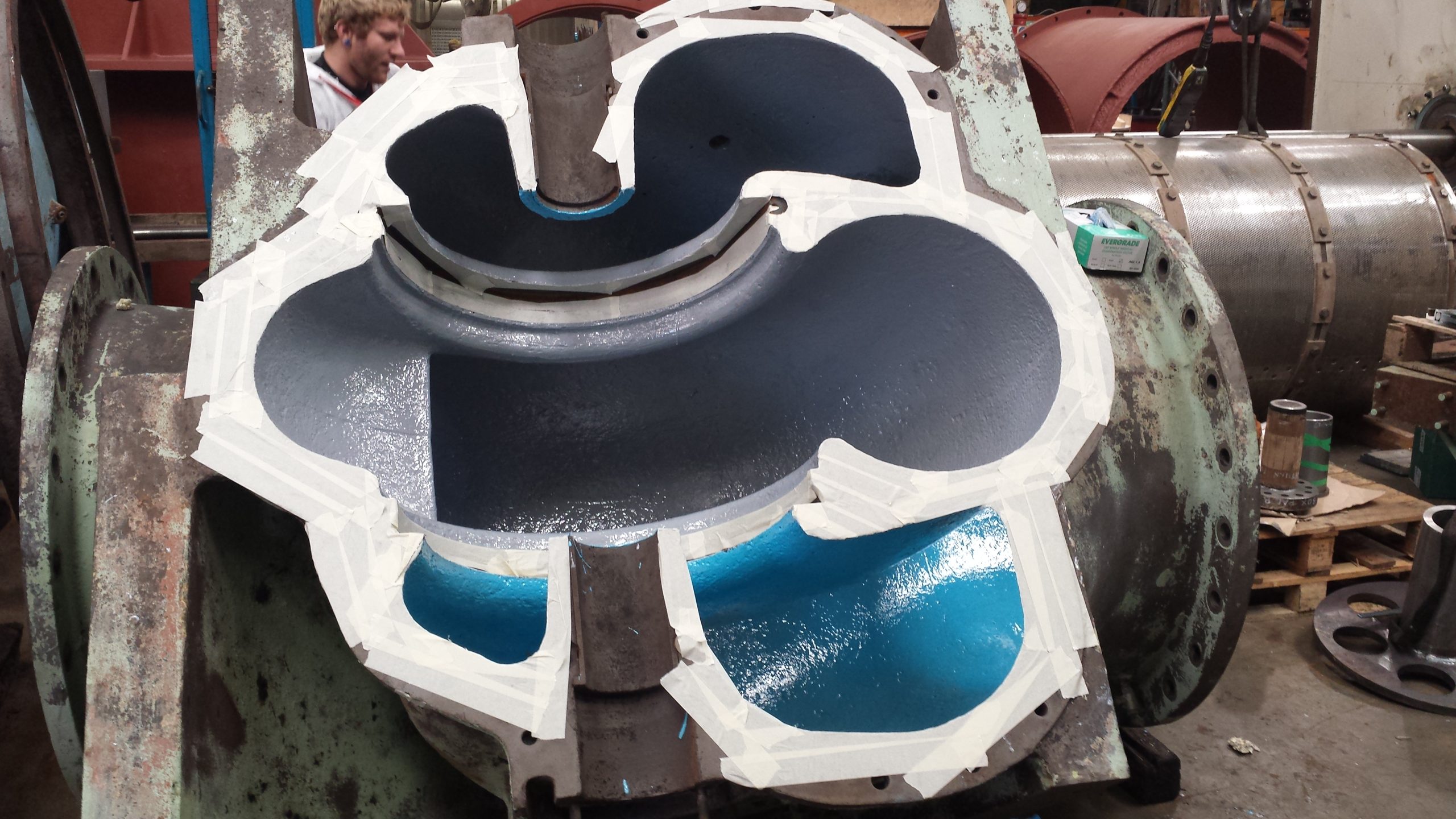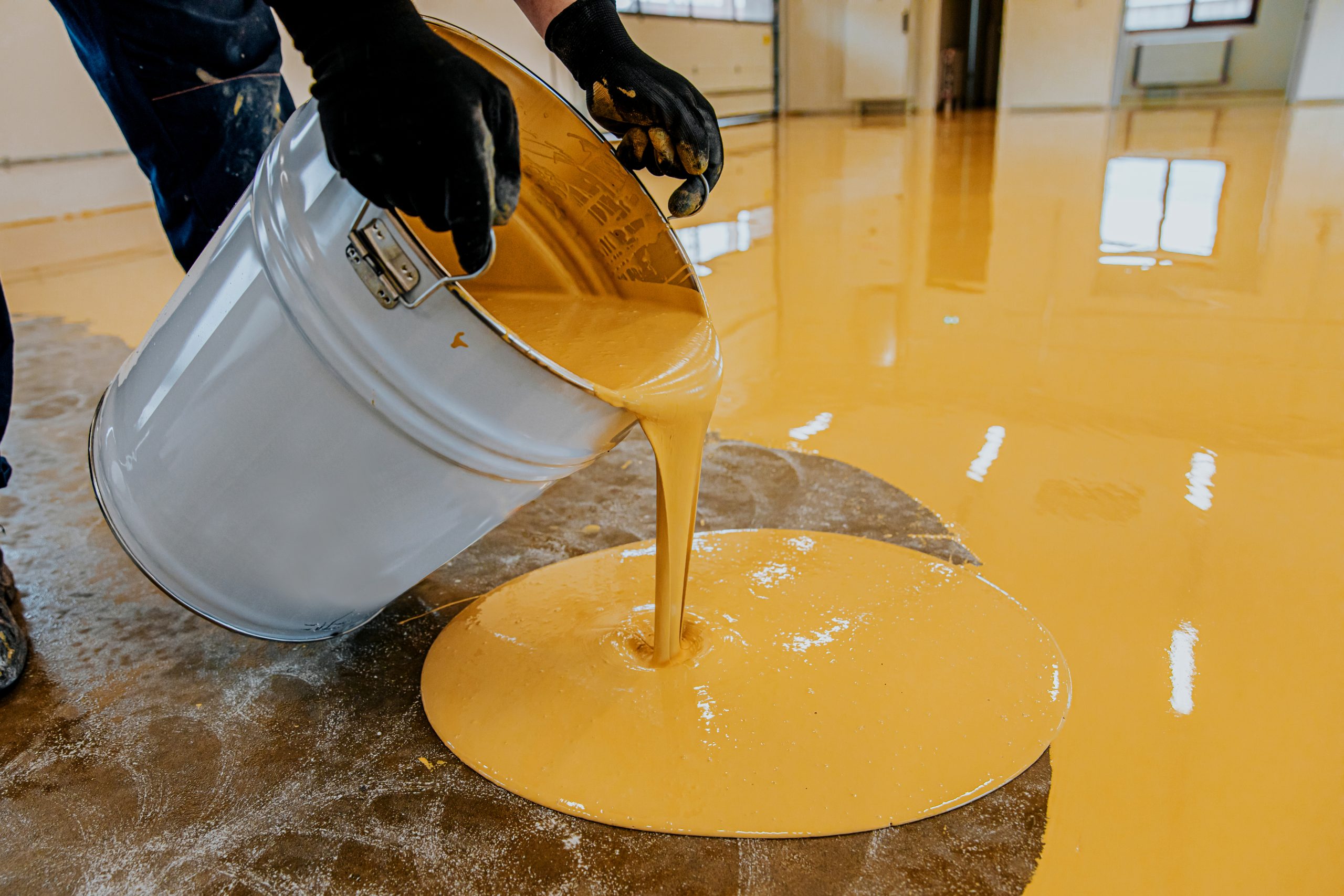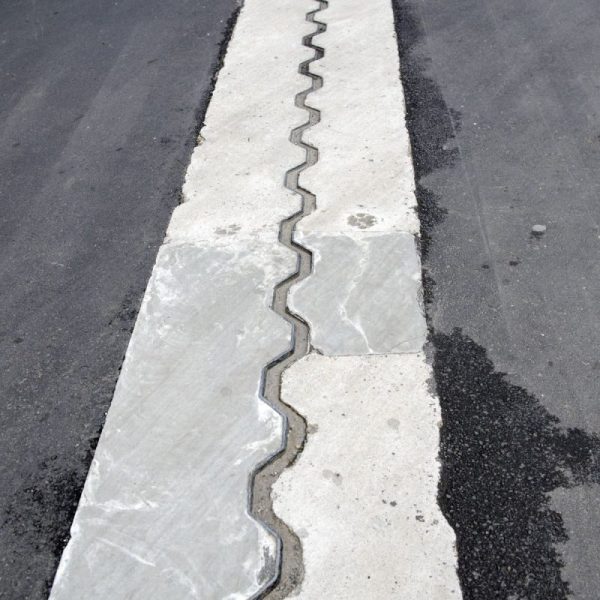How to Choose the Right Acid Resistant Flooring for Your Facility
Choosing the right acid resistant flooring is crucial for any facility handling aggressive chemicals. Whether you’re operating a chemical plant, battery charging room, or food processing facility, the floor must endure corrosive spills, heavy wear, and rigorous cleaning. In this article, we’ll guide you through selecting the best solution using…




Recent Comments